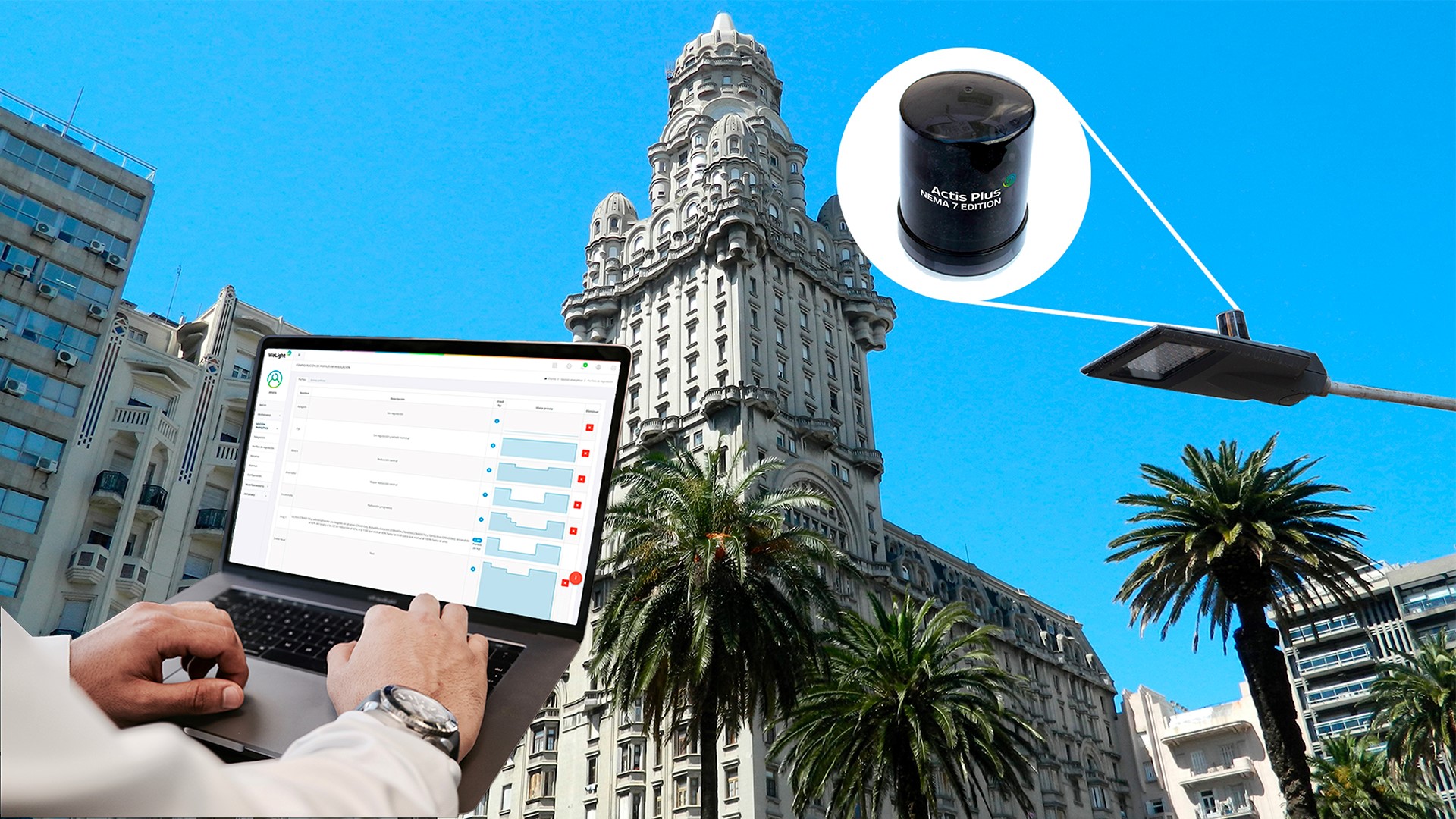
Narrowband Network Company has partnered with technology provider Wellness TechGroup to provide Internet of Things (IoT) network coverage to 70,000 smart streetlights in the Uruguay capital Montevideo.
Uruguay is a country in South America that shares borders with Argentina to its west and southwest and Brazil to its north and northeast.
Narrowband – a Lorawan network operator – says the project will cover 200 square kilometres and provide smart street lighting to more than 1.3 million people, improving community and road safety, and reducing carbon emissions by 31,500 tonnes of carbon dioxide (CO2) per year.
Lorawan is a wide-area networking protocol technology that wirelessly connects devices to the internet and manages communication between end-node devices and network gateways.
The project will see the deployment of the new streetlights with LED technology using Wellness' CMS WeLight Manager software, Lorawan Actis Nema 7 LPC nodes and Narrowband's Lorawan network.
The Actis Plus Nema 7 nodes will connect with WeLight Manager TALQ certified CMS and software that will provide real-time information on all the data from the intelligent public lighting service, the company adds.
According to Narrowband, luminaries become effectively a data-enabled lighting server, true central nodes and form part of a smart city IoT ecosystem beyond lighting.
Narrowband and Wellness will be able to provided added services to the city as the contract includes the opportunity to bring third parties across the same gateways into the Lorawan network.
Wellnes CEO David Garcia says: “Our technology must help reduce the costs, improve the efficiency and environmental impact and provide a better service, but it must also serve citizens by improving their day to day. Montevideo will now have a more versatile lighting system, capable of responding to events and unforeseen events, facilitating a feeling of more security on the streets”.











